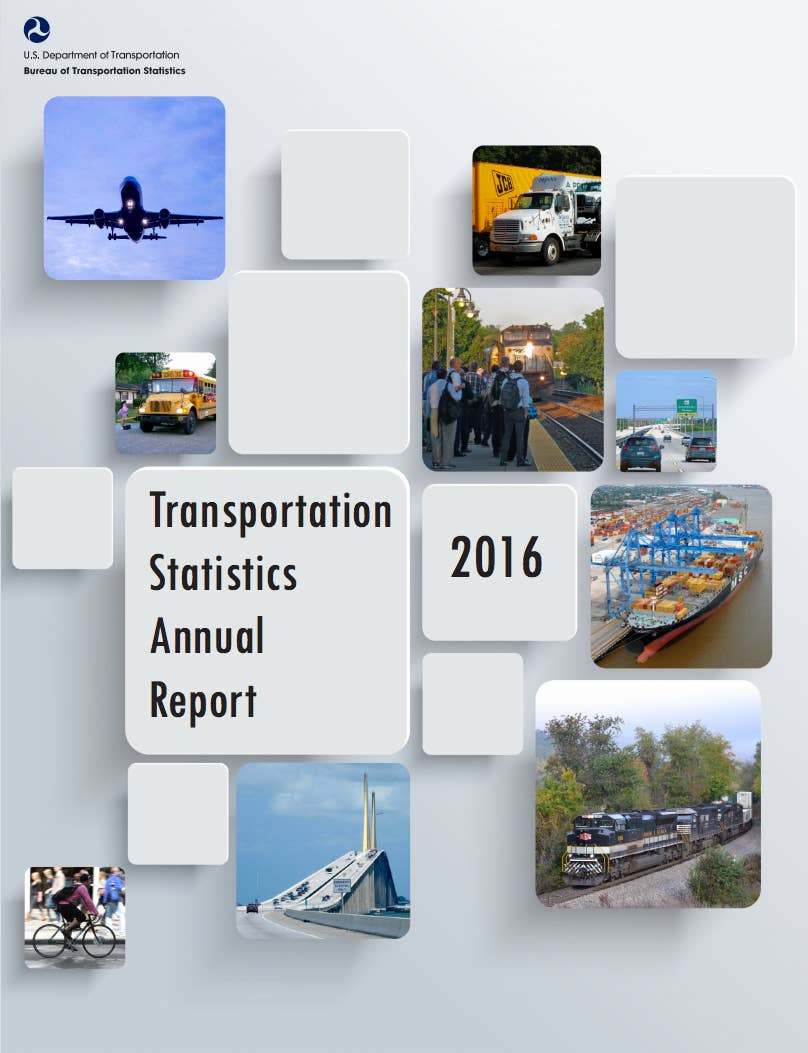
The DOT’s snapshot of the aviation industry revealed a wealth of data on infrastructure, accidents and drone safety. U.S. Department of Transportation
The U.S. Department of Transportation’s 2016 Transportation Statistics Annual Report released last week presents a cornucopia of aviation industry data. The report’s introductory look at a hot topic, infrastructure, may surprise some readers. “The majority of airport runways (commercial service, reliever, and select general aviation) are in good condition; only 2 percent are considered poor.”
Aviation safety numbers confirm that U.S. air carriers and commuter airlines combined recorded zero fatalities in 2014 and only one in 2015. In seven of the last 16 years, in fact, there were no U.S. air carrier fatalities. On the general aviation side, in 2015, 376 people died in accidents, a decrease from 2014, during which 424 fatalities were reported. For the years 2010–2015, the average was 423 fatalities annually.
Although the number of general aviation fatalities was down in 2015 (376 people) compared to 2000 (596), the number of flight hours in 2014 was also 35 percent less. According to preliminary estimates, the GA fatal accident rate for fiscal year 2015 was 1.03 per 100,000 flight hours, compared to a 1.10 fatal accident rate, averaged over the five prior fiscal years. Loss of control in flight remains a contributor to the majority of fatalities, whereas loss of control on the ground and engine-related system malfunctions were associated with the majority of nonfatal accidents.
The DOT publication says recreational, as well as the unregulated use of drones, represents safety risks to manned aircraft, their crews, airline passengers and anyone operating beneath them.
In 2014, pilots reported 238 drone sightings in the United States alone. There were about five times as many sightings (about 1,210) in 2015 from pilots of all aircraft types, including large commercial passenger aircraft. In June 2015, during the height of the summer season for hobbyists, 138 pilots reported seeing drones at altitudes up to 10,000 feet, a sizable increase from 16 reported sightings the year before. Unauthorized drone flights have also seriously interrupted aerial firefighters by grounding their tankers, an issue that increases the risk for firefighters on the ground.

Sign-up for newsletters & special offers!
Get the latest FLYING stories & special offers delivered directly to your inbox






